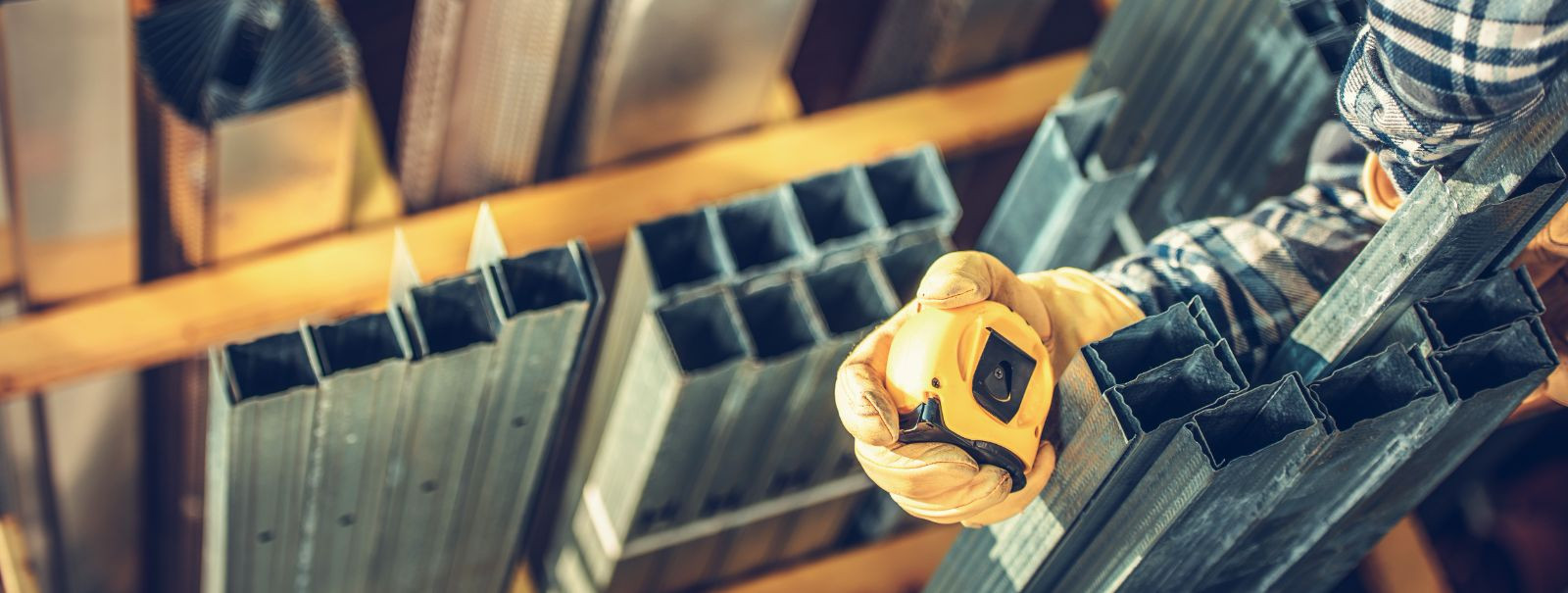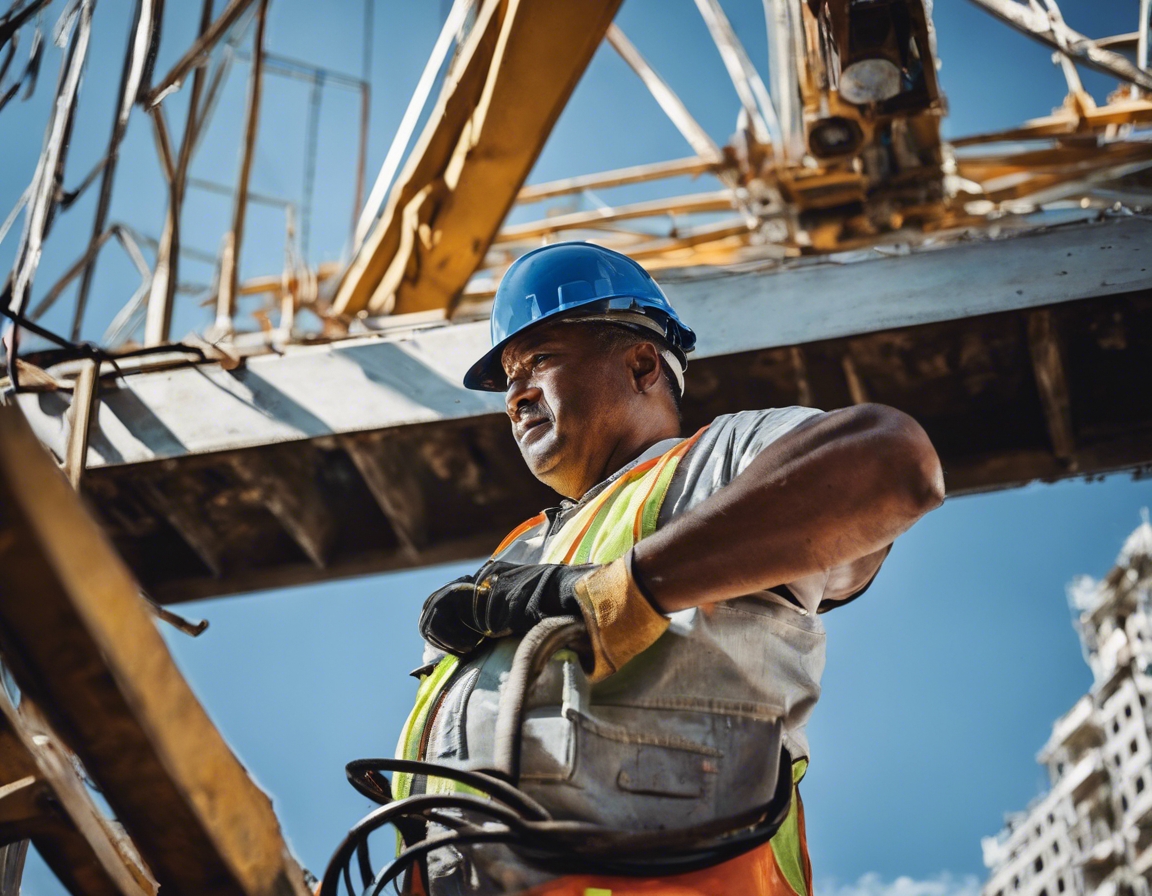The homeowner's guide to eco-friendly building materials
As the world becomes increasingly aware of the environmental impact of traditional construction practices, the shift towards sustainable construction is not just a trend but a necessity. Eco-friendly building is about minimizing the environmental footprint of a structure throughout its lifecycle, from design and construction to operation and demolition.
Utilizing eco-friendly materials in construction projects offers numerous benefits, including reduced energy consumption, lower greenhouse gas emissions, and a healthier living environment. Moreover, it can lead to cost savings over time due to increased efficiency and durability of materials.
Types of Eco-Friendly Building Materials
Recycled materials, such as steel, glass, and plastic, and reclaimed materials like wood and stone, are not only environmentally friendly but also add character and uniqueness to a property.
Materials like bamboo, cork, and natural stone are sustainable choices that offer durability and a reduced carbon footprint.
Materials such as straw bales, hempcrete, and rammed earth are made from renewable resources and provide excellent insulation properties.
Low-VOC paints and sealants, as well as materials that emit minimal off-gassing, contribute to better indoor air quality and a healthier environment.
Key Considerations When Choosing Eco-Friendly Materials
Materials that offer high energy efficiency, such as insulated concrete forms and double-glazed windows, can significantly reduce heating and cooling costs.
Choosing materials that are sustainably sourced or have a low environmental impact is crucial for conservation efforts.
Materials that improve indoor air quality by reducing pollutants are essential for the health and well-being of occupants.
Investing in materials that are long-lasting and require minimal maintenance ensures a sustainable investment.
Locally sourced materials reduce transportation emissions and support the local economy, while also ensuring that materials are suitable for the local climate.
Innovative Eco-Friendly Building Materials and Technologies
Insulation options such as sheep's wool, cellulose, and aerogel offer high performance while being environmentally responsible.
Techniques like modular construction and 3D printing can reduce waste and energy usage during the building process.
Integrating smart home technologies can enhance energy efficiency and provide real-time data to optimize a home's environmental performance.
Implementing Eco-Friendly Materials in Construction
Collaborating with professionals who have experience in sustainable construction is vital for successfully incorporating eco-friendly materials into your project.
While some eco-friendly materials may have higher upfront costs, a thorough cost-benefit analysis can reveal long-term savings and added value to the property.
Navigating building codes and obtaining certifications like LEED can validate the sustainability of a construction project.
Choosing eco-friendly materials can future-proof a property against rising energy costs and stricter environmental regulations, while also increasing its market value.








Comments (0)